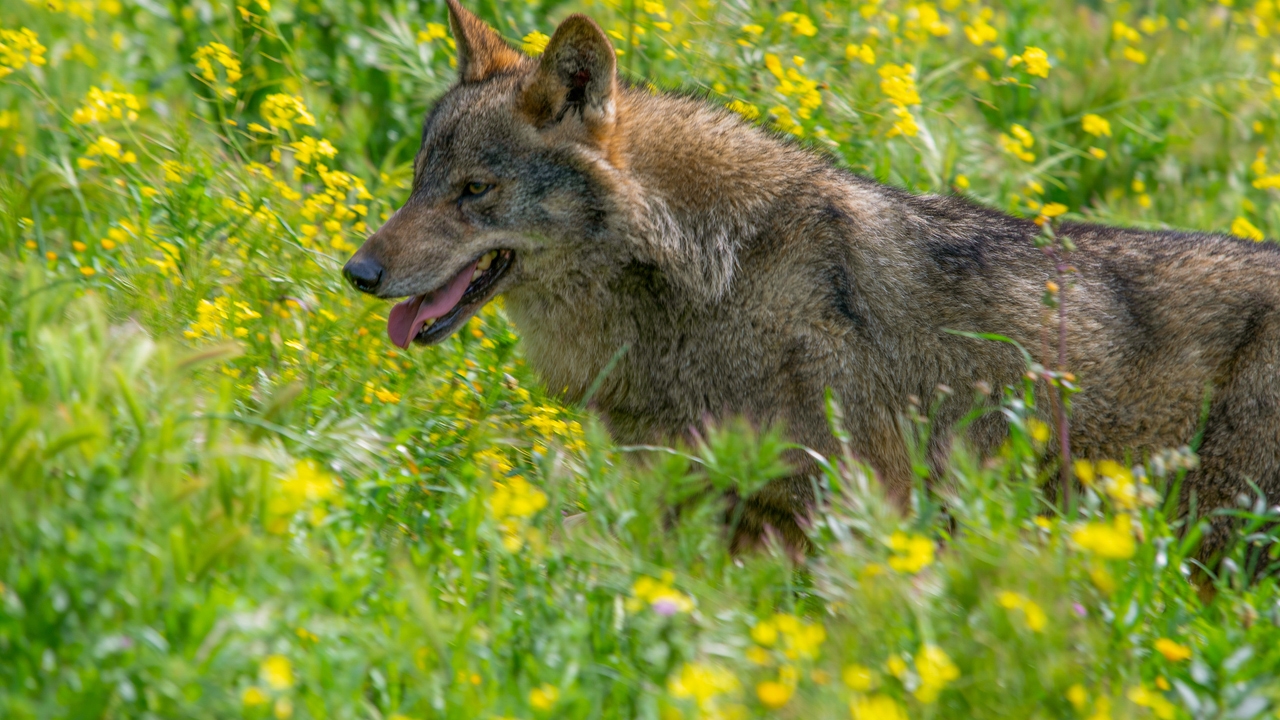On April 26, 1986, the worst nuclear accident in history occurred in Chernobyl, in northern Ukraine, which then belonged to the Soviet Union. Several errors by workers caused overheating, several explosions and a fire that they blew up the cover of reactor 4 and expelled large quantities of radioactive materials into the atmosphere. The radioactive cloud extended over 162,000 square kilometers and reached much of Europe and even North America.
The high quantities of radioactive or toxic materials expelled were some 500 times greater than that released by the Hiroshima atomic bomb. In the first days, about 30 people died, including firefighters and plant personnel, and it is estimated that since then between 38,000 and 200,000 people have died as a result of diseases derived from radiation. The Government urgently evacuated 116,000 people from the city of Pripyat, where the plant workers and their families resided.
After the accident, a massive decontamination process began and an area was established Chernobyl Exclusion Zone (CEZ) of about 1,600 square kilometers around the area affected by the radioactive fallout.
Almost 38 years later, this area without humans has become an important nature reserve. Wildlife such as horses, amphibians, wolves, forests and fungi have recolonized the area, although with important mutations.
Cara Love, an evolutionary biologist and ecotoxicologist in Shane Campbell-Staton's lab at Princeton University, has studied how wolves survive and thrive in the Chernobyl forests despite several generations of exposure and accumulation of radioactive particles in their hides.
In 2014, Love and his team entered the Chernobyl Exclusion Zone and radio-collared the wolves. In addition, blood was drawn to find out the wolves' response to this cancer-causing radiation.
These GPS collars also carried radiation dosimeters, making it possible to measure in real time where the animals were and how much radiation they were exposed to.
Their research, published by the Society for Integrative and Comparative Biology in Seattle, Washington, shows that the Chernobyl wolves were exposed to more than 11.28 millirem of radiation every day for their entire lives, this is more than 6 times the safe limit for an average human worker.
Unlike wolves that live exclusively outside the SAC, Love discovered that Chernobyl wolves They have altered immune systemsand are similar to cancer patients receiving radiation treatment.
The most promising thing is that has identified specific parts of the wolf genome that appear resistant to increased cancer risk. Most human research has found mutations that increase cancer risk, but Love's work hopes identify protective mutations that increase the chances of surviving cancer for humans.
Love's team focused on studying why domestic dogs get sick and fight cancer more like humans than laboratory mice. Therefore, the gray wolf, a cousin of dogs, exposed to Chernobyl pollution, a cousin of dogs, is a good option to understand how cancer can be treated in the near future.

